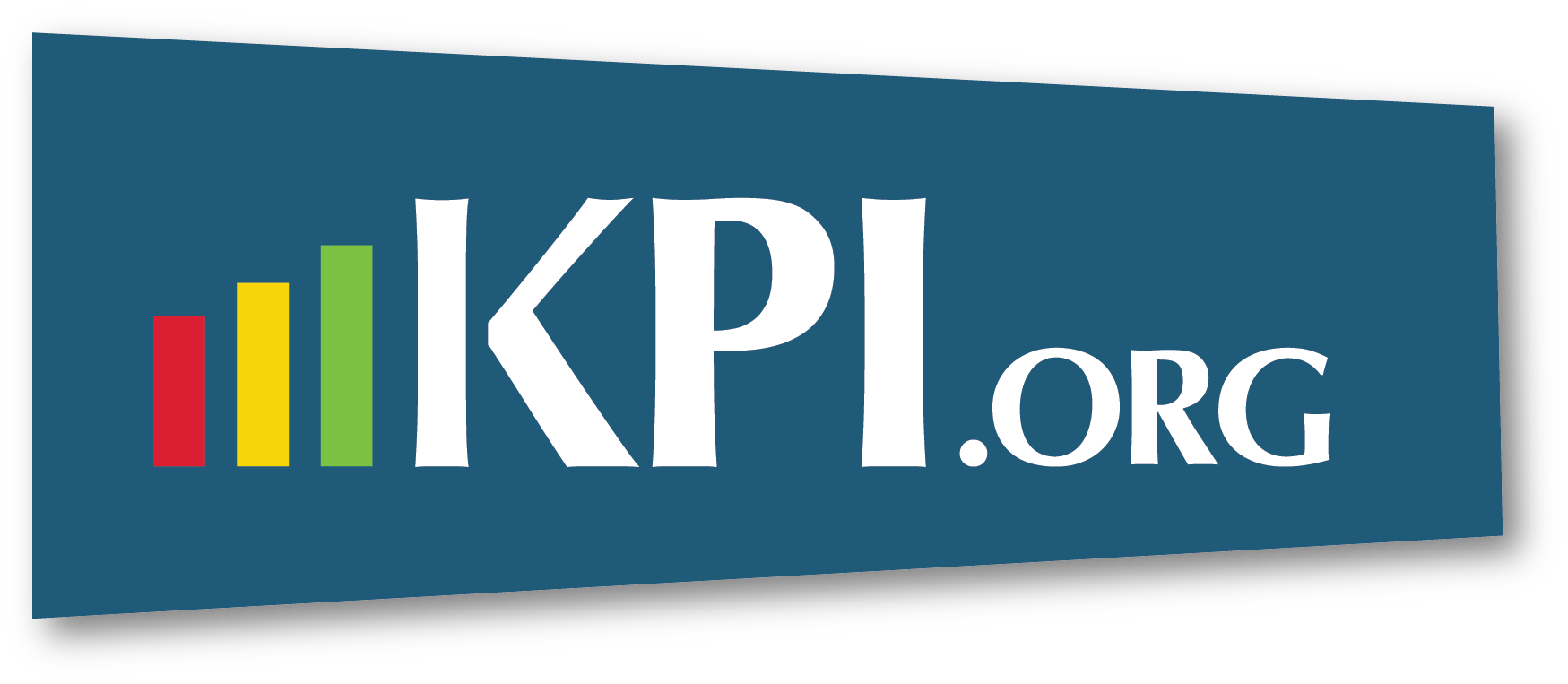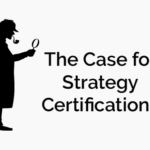 In April 2021, the Federal Reserve Board released a report on the impact of COVID-19 on American businesses during 2020. Data from recent years show approximately 600,000 businesses, equating to about 8.5% of all businesses, close permanently every year. In 2020, nearly 200,000 additional organizations were added to this list of closures. Fortunately, this was significantly lower than early projections, which estimated the pandemic would result in more than 400,000 closed businesses during the first 3 months of the pandemic.
In April 2021, the Federal Reserve Board released a report on the impact of COVID-19 on American businesses during 2020. Data from recent years show approximately 600,000 businesses, equating to about 8.5% of all businesses, close permanently every year. In 2020, nearly 200,000 additional organizations were added to this list of closures. Fortunately, this was significantly lower than early projections, which estimated the pandemic would result in more than 400,000 closed businesses during the first 3 months of the pandemic.
While many organizations struggled to survive this period of uncertainty, those who prioritized a change strategy – and fostered a culture of adaptability – not only survived but thrived in terms of growth and revenue this past year. While COVID-19 was unprecedented and unexpected, these kinds of external events should always be considered when creating your business strategy. Let’s take a closer look at the differentiators of organizations that were able to successfully navigate this unprecedented disruption in history.
Beyond Surviving: Adaptive Strategies
One of the key “make it or break it” differentiators was that organizations who thrived in this crisis were those whose cultures that enabled, supported and encouraged adaptability, individuality and problem-solving. During COVID-19, many organizations quickly discovered their strategy model did not account for the dire straits they suddenly found themselves in and the effect it would have on consumer behaviors. Those who succeeded had the foundation in place to allow employees to think on their feet and pivot quickly. They were forced to become really good at learning new things, instead of merely being really good at what they were already known for. Many less successful enterprises were focused on continuous experimentation and real-time adjustment instead of rethinking and reworking a traditional five-year strategic plan. Or they only made smaller, temporary changes instead of addressing the big picture of a changing environment. The takeaway? Those who quickly implemented changes focusing on and responding to changes in the environment were the ones able to successfully ride out the pandemic.
A flexible organizational structure and true empowerment of employees with decision-making abilities is a key component for success over the long term. If you look at Netflix, for example, it has only two types of rules governing behavior. The first type is focused on preventing irreversible damage to the company, and the second is designed to preclude ethical, legal, and moral issues. The company emphasis is on what needs to be accomplished, not on how many days or how many hours a day an employee works. As such, it has no vacation policy and does no tracking of time. Their mantra is “Avoid chaos as you grow with ever more high-performance people – not with rules.” By prioritizing quality over quantity, Netflix highlights employee value and encourages them to want to continuously improve the business—driving a more efficient company culture.
Empowering employees to solve problems is key when faced with a fast-moving landscape. Netflix’s success comes in no small part from a business model that focuses on a performance strategy—that is, what needs to be accomplished versus the tactical, or tracking the amount of time employees spend at work.
Thriving: Redefining Customers and Their Needs
At the onset of the pandemic, public and social interaction dwindled to levels not seen before in this county, as well as around the world. Businesses had to adapt and do so quickly to survive the restrictions and public health policies put into place. While the US Federal government passed relief bills designed to help small businesses, there were limited funds and not everyone who needed assistance was able to obtain it. For those who did, it merely bought them time to adapt and try to figure out how to deliver on the new set of customer expectations which emerged because of the pandemic. Only those organizations who identified new consumer behaviors and took adaptive actions around them experienced success – small incremental changes were not enough for rigid businesses in a pandemic scenario, where customers’ needs suddenly and completely changed.
Chick-fil-A is an example in the fast-food industry that experienced great success during the past year. In fact, QSR Magazine has been ranking quick service restaurants for the past few years. In 2019, Chick-Fil-A was ranked No. 5. During the pandemic in 2020, it changed its operations strategy based on new consumer behavior and moved to No. 3, surpassed only by Starbucks and McDonalds. QSR related “No major quick serve has loyalty like Chick-Fil-A,” and noted the company was able to capitalize on its multiple drive-thru lanes in response to the pandemic while other restaurants were losing dining room business and failing to adapt to new customer expectations.
Future Focus: Organizational Agility & Innovation
Agility and innovation refer to an organization’s ability to swiftly adapt, change focus and direction, and flourish during difficult business challenges. It is important to view change as an opportunity for the organization to achieve competitive advantage instead of a disruptive influence. This is especially true in the technology industry today where the pace of change and innovation is continuously accelerating. Each generation of technology represents a tremendous improvement over the prior generation, in part, due to the utilization of computers in the technology design processes which exponentially increases the speed of progress.
Take Apple, for example. Created in 1976 by Steve Jobs and Steve Wozniak, the company struggled as it attempted to gain a foothold in the IT industry. With the introduction of the iPod in 2001 and the iTunes Music Store in 2003, Apple was able to legitimize its presence in the consumer electronics and media market. As a result, the company adapted to its new identity and dropped the word “Computer” from its name in 2007. The resulting culture created by Jobs and his team was one of innovation and agility resulting in the company’s success as an industry giant today. As of June 2015, and still true as of April 2021, Apple was the largest publicly traded corporation in the world by market capitalization. As of May 2021, the market cap had reached $2.119 trillion compared to an approximate $1 trillion in August 2018.
A New Reality: Timely Execution
Today there is a new reality: Disruptions are no longer the exceptions; they are the new norm. Strategy planning must be accelerated, and organizational processes streamlined for speed and efficiency. Increasingly, strategy execution has become paramount—and not just executing, but doing it faster, better and cheaper than your competition. In other words, “Business as usual” is no longer acceptable.
Organizations that can thrive in chaos are able to readily adapt to changes in the environment and utilize the collective ability of their workforce to innovate, develop, and execute on new solutions for new challenges. Those who try to hang on tightly to traditional methods and ways of conducting business are on their way to extinction, regardless of size. Frank Perdue put it like this, “A business that doesn’t change is a business that is going to die.” Warren Bennis related, “In life, change is inevitable. In business, change is vital.”
Another key piece to a successful strategy? The organization needs to have a vision of where it wants to go. There must be a shared mission and vision to inspire, align and provide direction. Without a common focus and a compass by which to navigate, everything is random, scattershot and disorganized—where success might be more about luck as opposed to the successful execution of a well-crafted and balanced strategic plan.
Structured Problem Solving: Make It Part of Your Company’s DNA
Future success and higher performance are dependent upon an organization’s ability to swiftly adapt, change focus and direction and thrive during difficult business challenges. But how do you lead your organization down this path? The Balanced Scorecard framework offers a flexible, adaptable, and proven methodology that allows fast adaptation to changing circumstances. When used in conjunction with Objectives and Key Results (OKRs) at the operational and individual level of the organization, it creates a powerful solution for dealing with today’s disruptive world.
Get Started Now
We are here to help take your organization to the next level. Learn more about how the Balanced Scorecard Institute can pave the path to strategic problem-solving for your company by contacting us at info@strategymange.com
You can also see how we have helped other organizations by viewing some of our customer success stories.
Sources:
Business Exit During the COVID-19 Pandemic: Non-Traditional Measures in Historical Context: https://www.federalreserve.gov/econres/feds/files/2020089r1pap.pdf
Adaptability: The New Competitive Advantage: https://www.bcg.com/publications/2011/business-unit-strategy-growth-adaptability-the-new-competitive-advantage
Adaptive Strategy: https://www.bcg.com/publications/collections/your-strategy-needs-strategy/adaptive
A New Ranking Shows Fast Food Winners and Losers During COVID-19: https://www.forbes.com/sites/michelinemaynard/2020/08/03/a-new-ranking-shows-winners-and-losers-among-fast-food-companies-during-covid-19/?sh=10484b3c3043
Power of the Pivot: Why Organizational Agility is Key in 2020: https://projectmanagernews.com/news/organizational-agility-key-2020/
Apple’s Market Share of PC Unit Shipments in the United States from 2013 to 2021, by Quarter: https://www.statista.com/statistics/576473/united-states-quarterly-pc-shipment-share-apple/
History of Apple: The story of Steve Jobs and the company he founded: https://www.macworld.co.uk/feature/history-of-apple-steve-jobs-mac-3606104/
Terry is Balanced Scorecard Institute's Director of Training and Senior Associate with over 30 years of experience working in both the private and public sectors.







